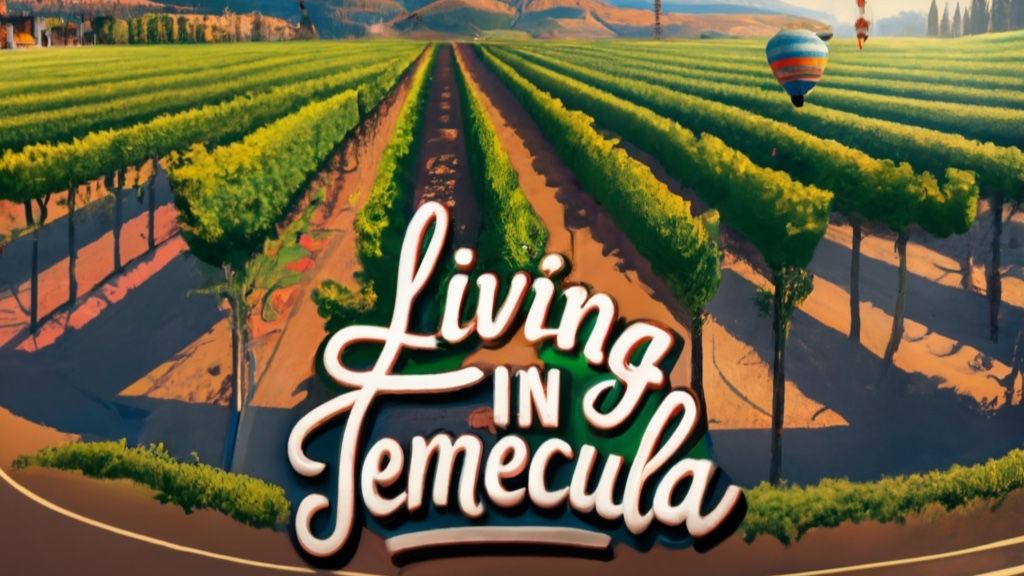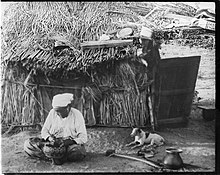Discover Temecula, California’s fascinating history and culture, known affectionately as “Los Luiseños.” Inhabited by the native Temecula Indians for centuries, the area witnessed a tumultuous past with the arrival of Spanish missionaries and subsequent conflicts over land ownership. Today, Temecula boasts a unique character and undeniable charm, evident in its historic structures and diverse neighborhoods. From its deep-rooted equestrian culture to its association with nearby missions, Temecula’s rich heritage is proudly preserved by its residents. Experience the allure of this captivating valley that seamlessly blends history and modernity, making it a truly exceptional place to call home.
History of the Temecula Indians
The Temecula Valley in California has a fascinating history that dates back hundreds of years. The area was originally inhabited by the Temecula Indians, who called it home long before the arrival of Spanish missionaries. These Native Americans lived off the land and had a deep connection with their surroundings.
Arrival of Spanish Missionaries
In the late 18th century, Spanish missionaries arrived in the Temecula Valley with the intention of converting the native population to Christianity. These missionaries built several missions in the region, including the nearby Mission of Saint Louis, King of France. The influence of the Spanish can still be seen today in the architecture and culture of the area.
Lawsuit against the removal of Temeculas from their homes
In 1869, ranch owners in the Temecula Valley sought to remove the Temecula Indians from their ancestral lands. This led to a lawsuit filed by the Temeculas, who fought against the forced removal. Although they were ultimately unsuccessful in their legal battle, the lawsuit brought attention to the injustices faced by Native Americans in California.
Landowners in the Valley
During the late 19th century, the Wolf family and Vails were prominent landowners in the Temecula Valley. They built many structures that still stand today, including the Temecula Hotel. These landowners played a significant role in shaping the valley’s landscape and leaving a lasting legacy.

Construction of structures that still stand today
The Temecula Hotel, built by the Wolf family and Vails, is one of the most notable structures in the valley. This historic landmark has retained its charm and character over the years and serves as a reminder of the valley’s rich history. It stands as a testament to the hard work and ingenuity of the early settlers.
Impact of New Highways
In the early 20th century, the construction of new highways opened up the Temecula Valley to the outside world. This allowed for increased travel and commerce, bringing new opportunities and growth to the region. With the opening of these highways came the introduction of new neighborhood names, such as Rancho Alamos, which became part of the valley’s identity.
Opening up Temecula to the outside world
The development of new highways in Temecula opened up the valley to increased tourism and commerce. Visitors from outside the region were now able to easily access the beauty and charm of the area. This influx of outsiders brought new perspectives and ideas, shaping the culture and identity of the valley.
Introduction of Rancho Alamos as neighborhood names
As more people began exploring and settling in the Temecula Valley, new neighborhoods emerged with unique names. One such neighborhood is Rancho Alamos, which reflects the rich history and heritage of the area. These neighborhood names serve as a reminder of the valley’s past and the diverse people who have called it home.
The Act for the Governance and Protection of Indians
Unfortunately, the opening of the Temecula Valley to the outside world also had negative consequences for the Native American population. In 1850, the Act for the Governance and Protection of Indians was passed, allowing unscrupulous individuals to kidnap and sell Native Americans. This cruel act had a devastating impact on the indigenous communities in the area.
Kidnapping and sale of Native Americans
The Act for the Governance and Protection of Indians legalized the kidnapping and sale of Native Americans, leading to a tragic period in the history of the Temecula Valley. Families were torn apart, and individuals were forced into labor and servitude. The effects of this dark chapter in history can still be felt today.
Negative consequences of the Act
The Act for the Governance and Protection of Indians had far-reaching consequences for the Native American communities in the Temecula Valley. It resulted in the loss of land, culture, and identity for many indigenous people. The effects of this legislation are still felt today, as the valley continues to grapple with the legacy of this injustice.
The People of Temecula as ‘Los Luiseños’
In honor of the nearby Mission of Saint Louis, King of France, the people of Temecula are often referred to as “Los Luiseños.” This term pays homage to the region’s rich history and the Spanish missionaries’ enduring influence. It serves as a reminder of the diverse cultures that have shaped the Temecula Valley.
Honoring the nearby Mission of Saint Louis, King of France
The Mission of Saint Louis, King of France played a significant role in the history and culture of the Temecula Valley. By adopting the term “Los Luiseños,” the people of Temecula honor the mission’s legacy and its impact on the region. It serves as a symbol of unity and pride in their shared heritage.
Distinctive Character and Charm of Temecula
There are many aspects of the Temecula Valley that set it apart and make it a unique place to live and visit. From its breathtaking natural beauty to its rich history and culture, there is something for everyone to enjoy in this vibrant community.
Baffling aspects of the valley
One of the baffling aspects of the Temecula Valley is the way in which the city names vary depending on which side of the highway you reside on. It could be Rancho California, California, or Temecula, California. This quirk adds to the valley’s distinctive character and creates a sense of charm and identity.
Jack Klugman’s thoroughbred farm
Another intriguing aspect of the Temecula Valley is the presence of Jack Klugman’s thoroughbred farm. This famous actor and horse enthusiast owned a large farm just outside Anza and Deportola, showcasing the valley’s connection to the entertainment industry and its love for horses.
Variations in city names
The variations in city names within the Temecula Valley add to its unique character. Depending on where you are, you might refer to the area as Rancho California, California, or simply Temecula. This adds to the valley’s charm and individuality, as residents and visitors navigate the different names with ease.
The Wells Fargo train station as arrival point
When people first arrived in Temecula, they would often make their way to the Wells Fargo train station. This historic landmark served as an arrival point for many travelers, signifying the beginning of their journey in the Temecula Valley. Today, it stands as a reminder of the valley’s rich history and vibrant past.
Pride in Heritage and Cultural Preservation
The people of Temecula take great pride in their heritage and are dedicated to preserving their history and culture. There are numerous efforts and initiatives in place to ensure that the valley’s unique identity is cherished and passed down to future generations.
Preserving Temecula’s history and culture
From the preservation of historic landmarks to the celebration of local traditions and festivals, the people of Temecula are actively involved in preserving their history and culture. Organizations and community members work together to safeguard the valley’s heritage, ensuring that it remains a point of pride for all.
Proud people of Temecula
The people of Temecula are proud of their heritage and the unique character of their community. They embrace the valley’s history and culture, knowing that it sets them apart from other regions. Their pride is evident in their commitment to preserving their heritage and sharing it with others.
In conclusion, Temecula Valley has a rich and diverse history that spans centuries. From the early days of the Temecula Indians to the arrival of Spanish missionaries and the challenges faced by Native Americans, the valley has witnessed significant events that have shaped its identity. Today, the people of Temecula take pride in their heritage and are dedicated to preserving their history and culture for future generations. With its distinctive character and undeniable charm, Temecula is a place that continues to captivate and inspire all who visit.

